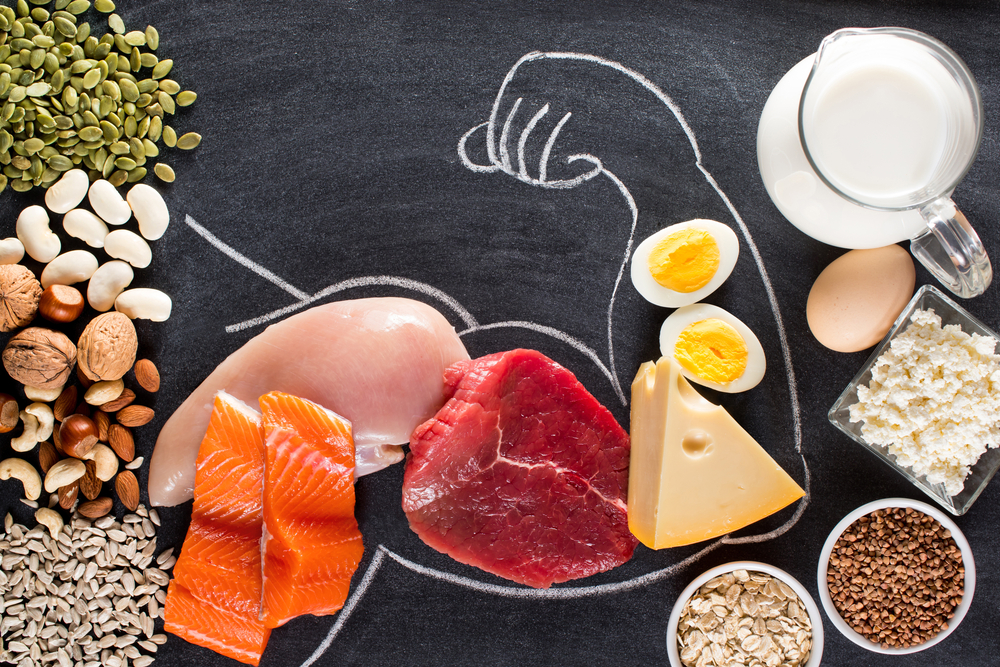Introduction
Many people are fascinated by the topic of weight loss, particularly those starting on a path to better health and wellbeing. Although losing extra weight may seem simple on the surface, the complex processes and reactions of the human body to weight loss are anything but. We’ll delve into the fascinating mechanics of weight loss in this blog post, revealing the intricate mechanisms regulating our body’s energy balance, metabolism, and fat storage. We can adopt more sensible and successful strategies to achieve long-lasting results by learning more about how the body reacts to weight loss efforts.
Energy Balance: The Fundamental Principle
The fundamental idea behind weight loss is energy balance, which depends on how calories are consumed and burned. The body stores extra energy as fat when the number of calories ingested from food and beverages surpasses the number of calories expended through physical activity and metabolic processes. On the other hand, you need to create a calorie deficit by burning more calories than you take in if you want to lose weight. In order to meet its metabolic demands, this imbalance tells the body to draw from its fat reserves. Therefore, controlling this energy equation to encourage fat utilization and attain a healthier body composition is basically the process of losing weight.

The Body’s Energy Factory: Metabolism
An important factor in determining how well our bodies burn calories and regulate weight is metabolism. It includes a sequence of chemical processes that transform food into energy, enabling both physical activity and vital biological processes.
Among the variables affecting metabolism are:
- Basal Metabolic Rate (BMR): This is the amount of energy used to sustain life-sustaining processes like breathing, circulation, and cell division while at rest. Age, gender, body composition, and muscle mass all have a big influence on BMR.
- Physical Activity: Both regular exercise and daily activities add to total energy expenditure; longer and more intense workouts result in a greater burn of calories.
- Thermic Effect of Food (TEF): About 10% of total daily energy expenditure is attributed to TEF, which is the energy needed to break down, absorb, and process nutrients from food.
Storage and Use of Fat
Hormones, enzymes, and metabolic pathways all play a precise role in the body’s ability to store and use fat. Triglycerides, which are excess calories consumed above the body’s immediate energy requirements, are stored in fat cells and are ready to be released when the body needs more energy.
- Insulin: The pancreas secretes insulin, which encourages fat storage and controls blood sugar levels. High carbohydrate intake frequently causes elevated insulin levels, which prevent fat from being broken down and encourage its storage.
- Hormonal Regulation: Important roles for hormones such as cortisol, leptin, and ghrelin are played in appetite control, fat storage, and metabolism, which in turn affects body composition and weight management.
Adaptive Responses to Weight Loss
The body’s reaction to losing weight is dynamic rather than static, with a number of adaptive systems in place to protect energy reserves and guarantee survival.
- Metabolic Adaptation: The body adjusts by lowering BMR and metabolic rate to conserve energy as weight decreases and energy intake decreases. This makes weight loss increasingly difficult.
- Changes in Hunger and Appetite: Weight loss frequently results in an increase in hunger and appetite due to hormonal shifts and a heightened sensitivity to food cues, making it more challenging to maintain calorie restriction.
- Loss of Muscle: The body may break down muscle tissue for energy in an attempt to lose weight quickly, jeopardizing long-term weight control and metabolic efficiency.
Strategies for Successful Weight Loss
Understanding the body’s intricate responses to weight loss can guide the development of effective strategies to overcome adaptive challenges and achieve sustainable results.
- Gradual Calorie Reduction: To minimize metabolic adaptation and muscle loss, aim for a moderate daily deficit of 500–750 calories through a combination of diet and exercise, as opposed to a drastic calorie restriction.
- Balanced Macronutrient Intake: To support muscle preservation, optimize metabolic function, and promote satiety, prioritize a diet rich in protein, healthy fats, and complex carbohydrates.
- Frequent Physical Activity: To increase metabolism, maintain lean muscle mass, and improve general wellbeing, mix cardiovascular, strength, and flexibility exercises into your routine.
- Mindful Eating: To create a better relationship with food and encourage long-term weight loss, practice mindful eating strategies like eating mindfully, taking your time, enjoying each bite, and paying attention to your body’s signals of hunger and fullness.

Conclusion
Unquestionably complicated physiological mechanisms, hormonal interactions, and adaptive responses influence the mechanics of weight loss. We can approach weight loss with more knowledge, resiliency, and efficacy by developing a deeper understanding of these mechanisms, opening the door to long-term success and better health outcomes. To sum up, losing weight is a complex process that calls for patience, tenacity, and a comprehensive strategy that includes changes to diet, exercise, and lifestyle choices. It is not just a math problem. We can unleash the body’s potential to reach and maintain a healthy weight by adopting a well-rounded and knowledgeable approach to weight loss, which will promote a lifetime of vitality, self-assurance, and wellbeing.



